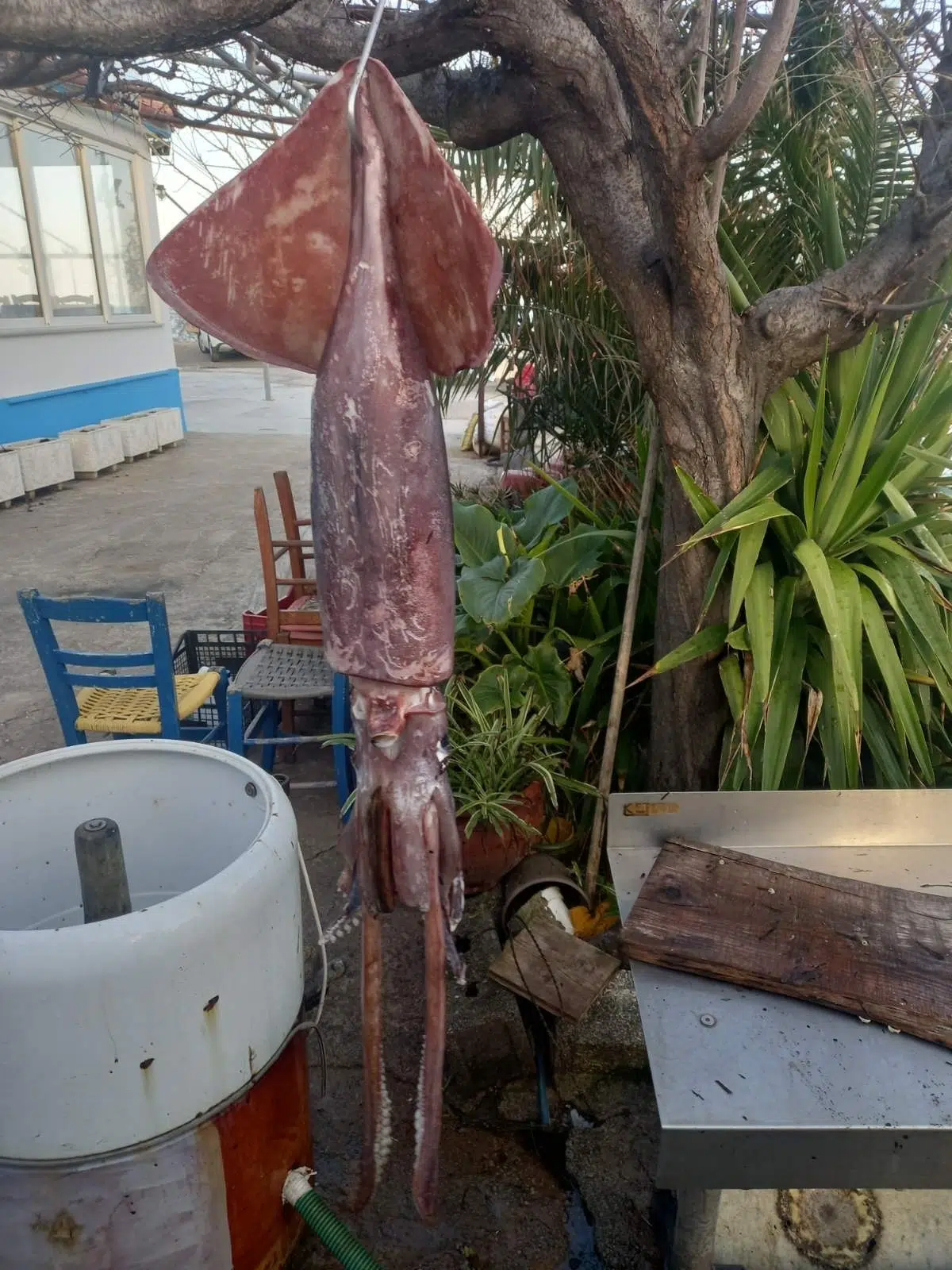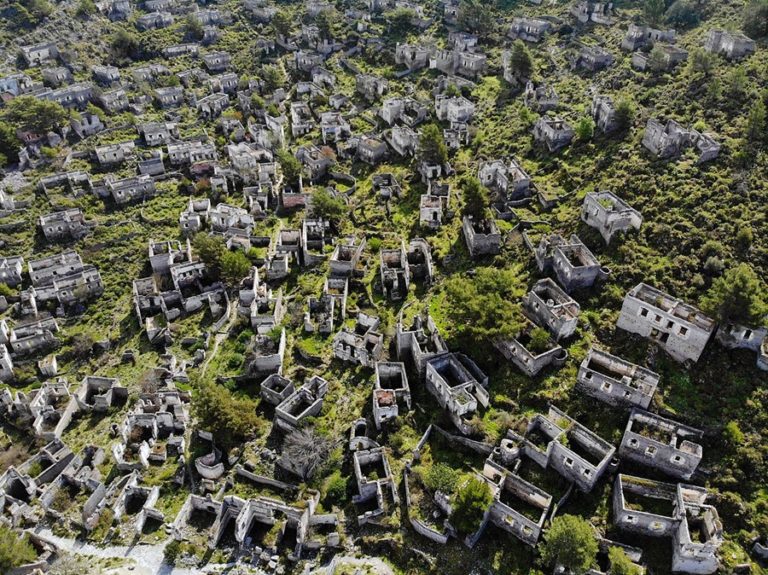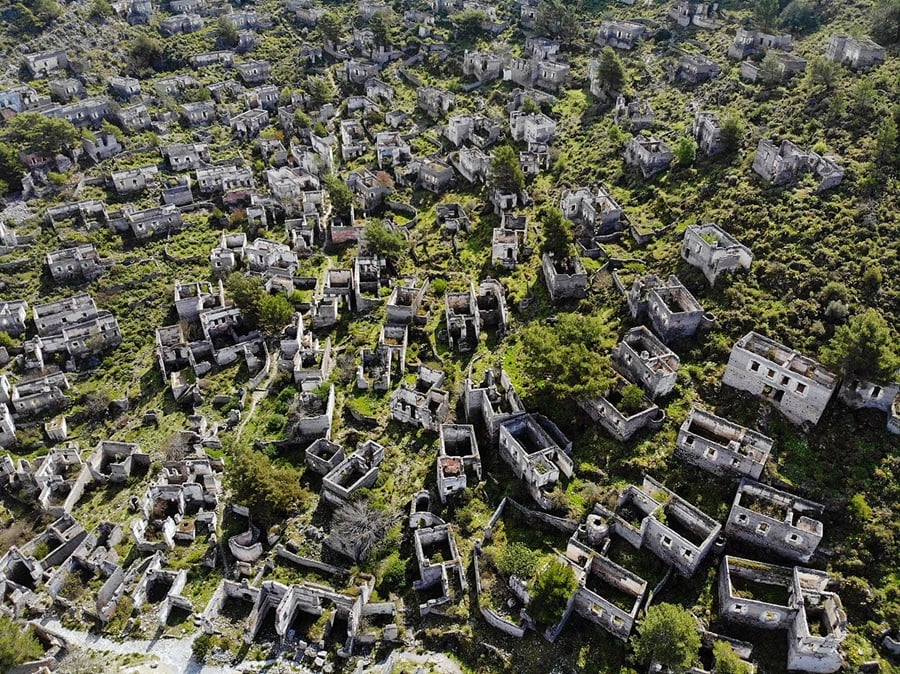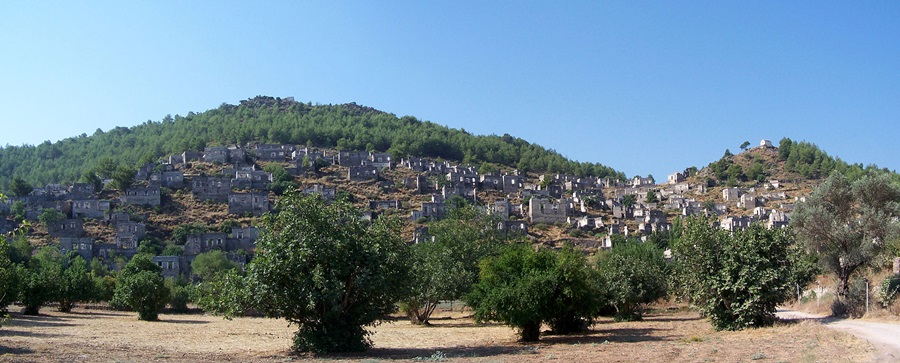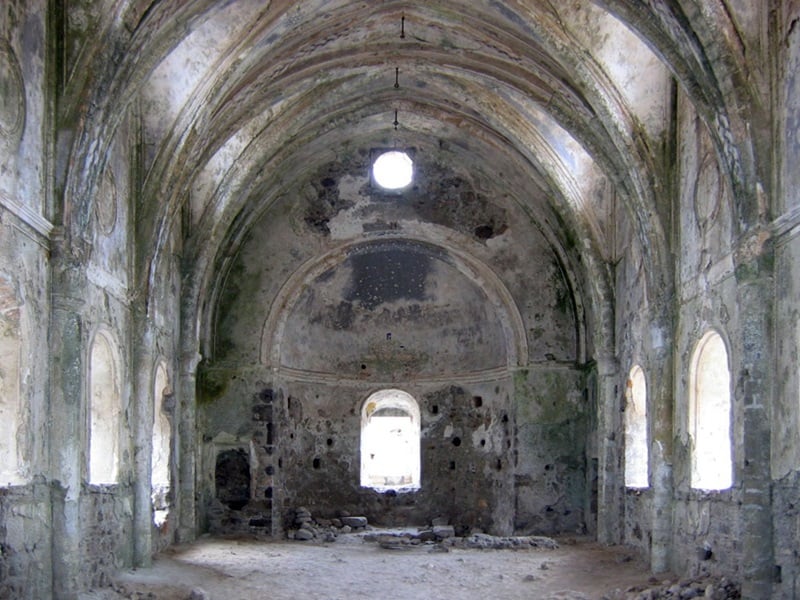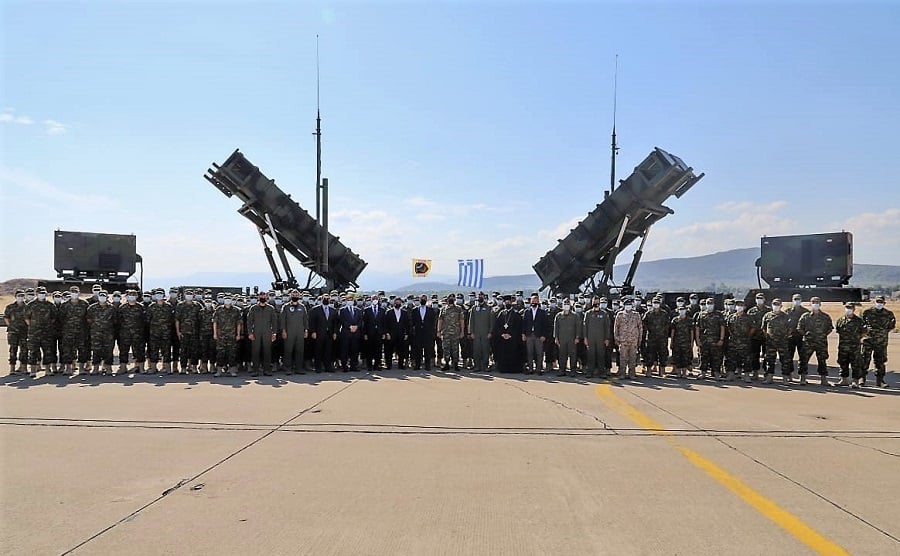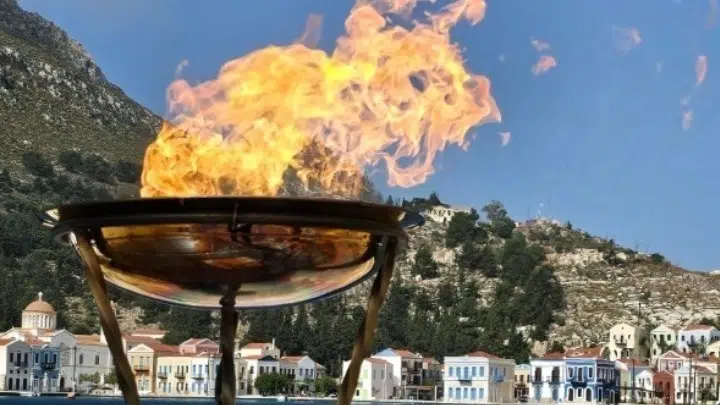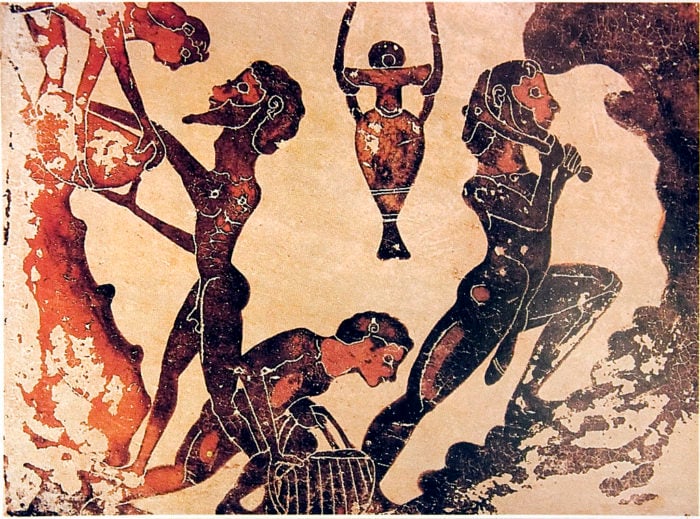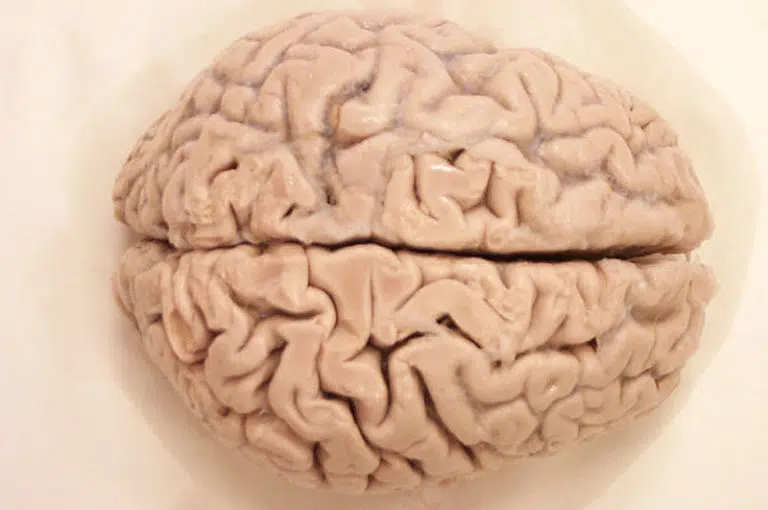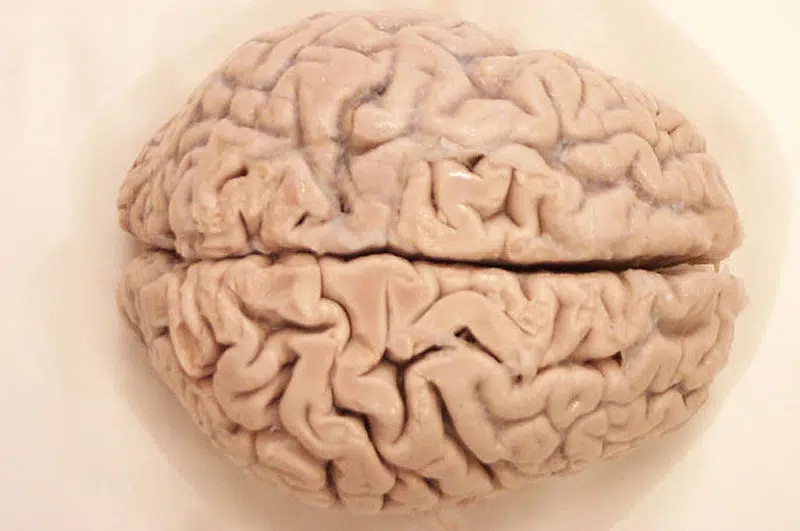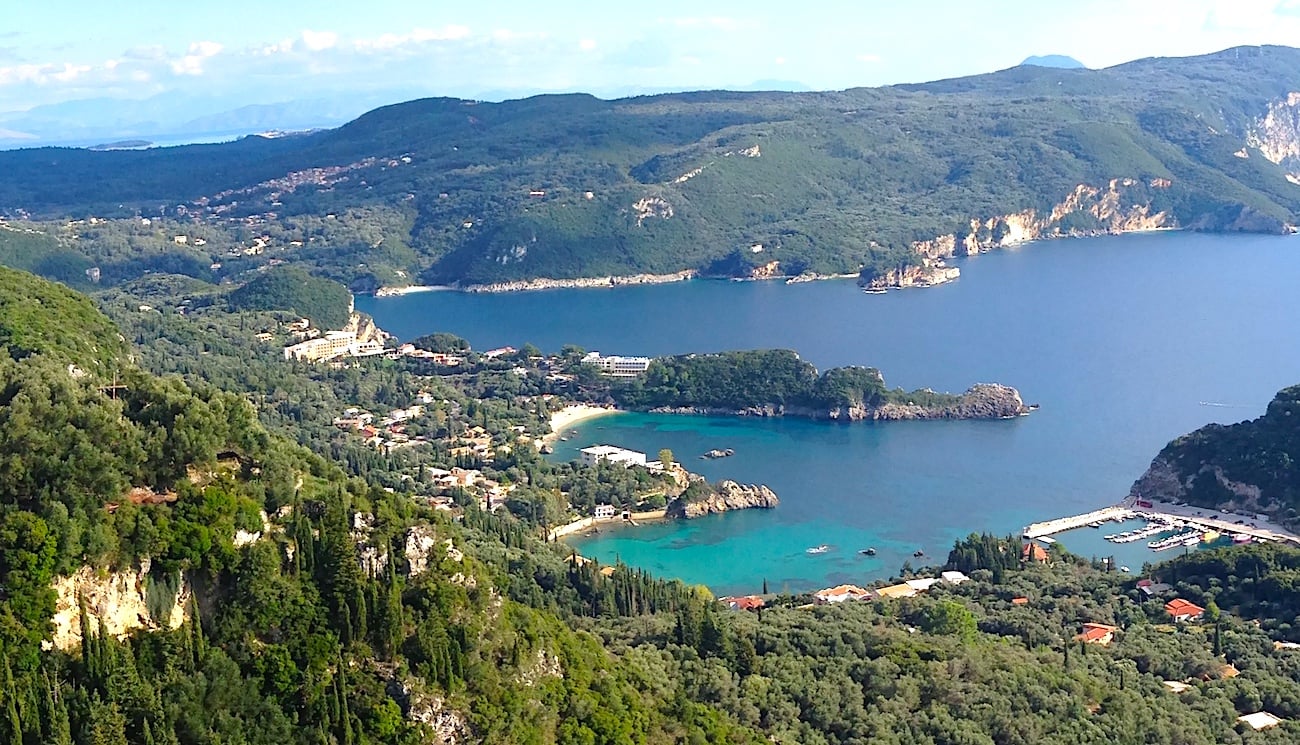
“Greece’s greenest island, Corfu, welcomes visitors with the sweet aroma of pine and lemon trees. In the mountainous interior myrtle and bay bushes fight it out, while venerable olive groves descend to its beach-fringed coastline.” That’s how The Guardian introduced the Ionian Island a few years ago.
Corfu’s blend of cultural histories and influences –French, English, Venetian, and, of course, Greek — will leave you with a unique understanding of how the culture of the Ionian Islands developed.
15 reasons to visit Corfu. Greece
Old Town of Corfu
The Old Town is a UNESCO World Heritage site and a must-visit attraction. Wander through its narrow, winding streets lined with Venetian-style buildings, visit the impressive fortresses, and discover charming squares filled with cafes and shops.
Visit historical landmarks like the Old Fortress, New Fortress, and the Liston promenade. Don’t miss the impressive Spianada Square, the largest square in the Balkans.
Venetian Architecture
Corfu’s architecture reflects its Venetian past. The buildings feature influences from both Venetian and British styles, creating a unique blend of architectural beauty that is a delight to explore.
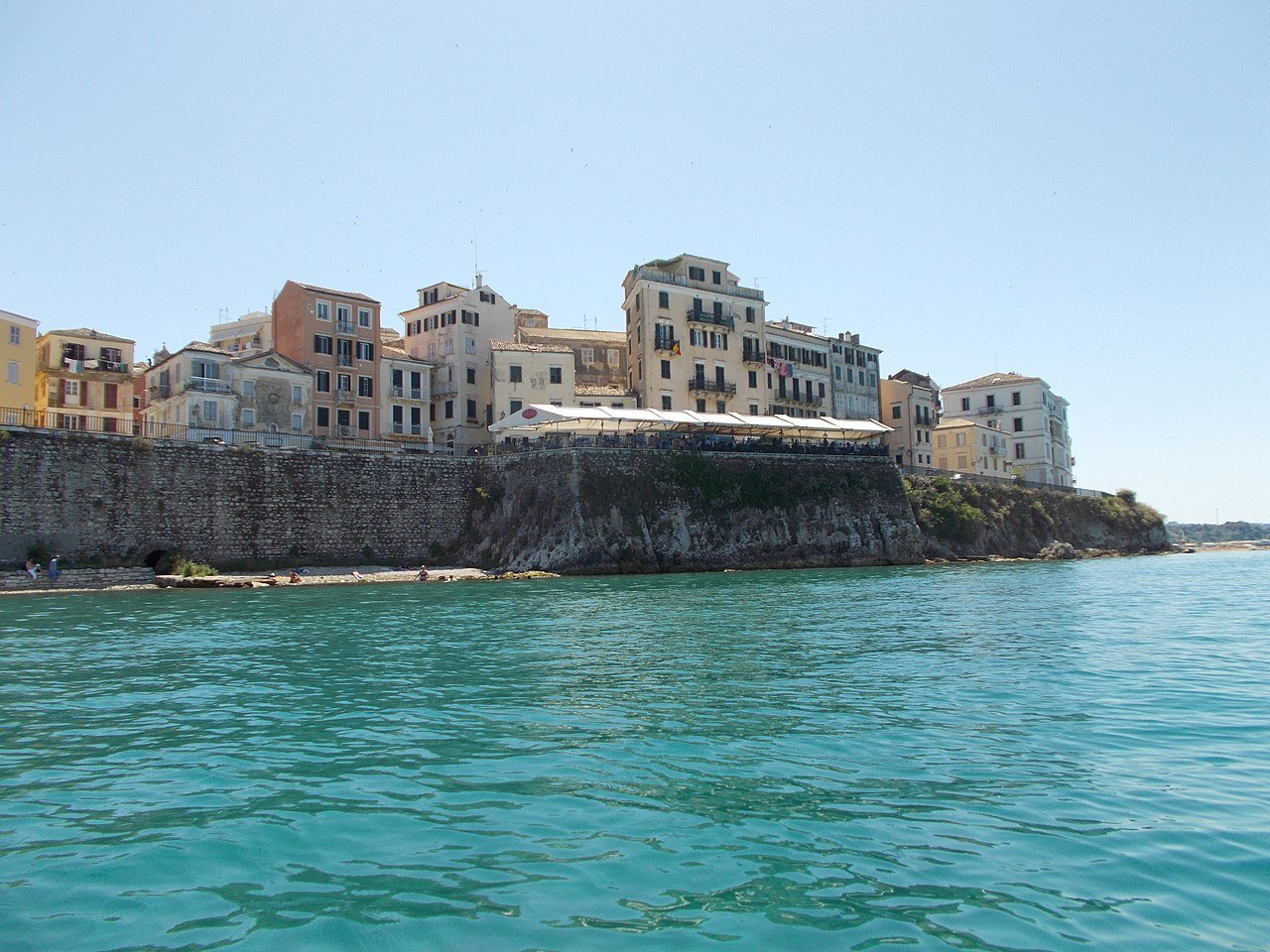
Pontikonisi, the Mouse Island
Pontikonisi, also known as “Mouse Island,” is a Greek islet located at the entrance of Halkiopoulos lagoon in Corfu. The islet is better-known for hosting the Byzantine chapel of Pantokrator, dating back to the 11th century and only open to visitors each year on August 6th.
According to the legend, Pontikonisi was Odysseus’s ship, the vessel that brought the legendary king of Ithaca and the hero of Homer’s epic poem, The Odyssey, to the island of the Phaeacians.
Visit Achillion Palace
Located in the village of Gastouri, Achillion Palace is a stunning neoclassical mansion built for Empress Elisabeth of Austria, also known as Sisi. Explore the palace’s opulent interiors, beautiful gardens, and enjoy panoramic views of the surrounding area.
Mon Repos Palace
Situated on the outskirts of Corfu Town, Mon Repos Palace is an elegant neoclassical building surrounded by beautiful gardens.
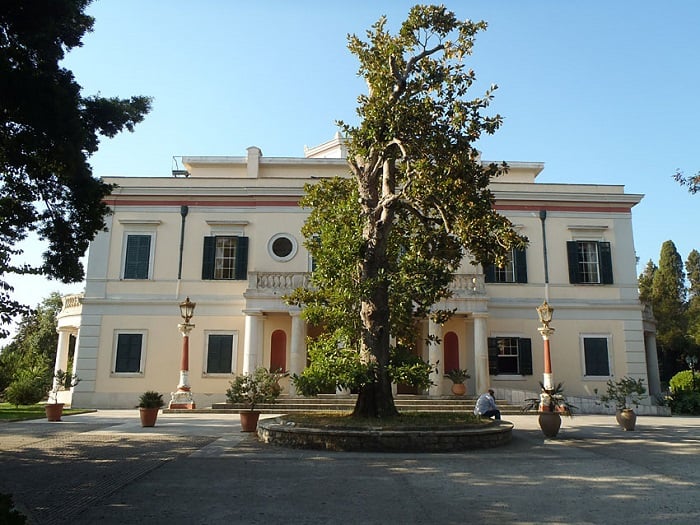
Explore the palace, which also houses a museum, and enjoy a peaceful stroll through the park. Mon Repos was where the late Prince Philip was born.
Paleokastritsa
Located on the west coast of Corfu, Paleokastritsa is a scenic area known for its beautiful beaches and the Paleokastritsa Monastery. Explore the monastery, which offers panoramic views of the surrounding area and houses a small museum displaying religious artifacts.
Explore the traditional villages
Take some time to explore the charming traditional villages of Corfu, such as Pelekas, Kassiopi, and Benitses. Experience authentic Greek island life, wander through narrow streets, and enjoy local cuisine in traditional tavernas.
Corfu is blessed with natural beauty. The island is adorned with lush green landscapes, olive groves, and cypress trees. Explore the stunning countryside, take a hike in the mountains, or enjoy breathtaking views from the coastal cliffs.
Relax on Corfu’s beaches
Corfu boasts numerous beautiful beaches for relaxation and sunbathing. Some popular ones include Paleokastritsa, Glyfada, Sidari, and Kontogialos. You can also find secluded coves and hidden beaches for a more intimate experience.
Located in Sidari, the Canal d’Amour is a unique formation of sandstone cliffs that create narrow channels and small secluded coves. Legend has it that couples who swim through the canal will find eternal love. Enjoy the natural beauty and take a swim in the crystal-clear waters.
Mouthwatering Cuisine
Greek cuisine is renowned worldwide, and Corfu offers its own delicious culinary traditions. Try local specialties like pastitsada (beef or rooster in a rich tomato sauce), sofrito (beef cooked in white wine), and the famous local cheese, kumquat liqueur, and olive oil.
Water Sports and Outdoor Activities
Corfu’s crystal-clear waters provide ample opportunities for water sports enthusiasts. Try snorkeling, scuba diving, kayaking, or rent a boat to explore the hidden coves. You can also enjoy hiking, cycling, and horseback riding in the island’s scenic surroundings.
Explore Mount Pantokrator
If you enjoy hiking and panoramic views, consider a trip to Mount Pantokrator, the highest point on the island. Hike to the summit, visit the 14th-century Pantokrator Monastery, and take in the breathtaking vistas of Corfu and the surrounding islands.
Vibrant Nightlife
Corfu is known for its vibrant nightlife, particularly in areas like Kavos and Ipsos. Enjoy beachfront bars, clubs, and live music venues that offer entertainment until the early hours of the morning.
The island also hosts various festivals and cultural events throughout the year.
Corfu the music capital of Greece
Corfu is the most musical island in Greece with hundreds of music associations and dozens of orchestras and bands. Even the way its natives speak is musical, as their speech often sounds like singing.
In fact, the first opera performed on Greek soil was in 1733 after the Venetians converted the local “Loggia” hall into a theater.
Take a boat trip to nearby islands
From Corfu, you can easily take boat trips to the nearby islands of Paxos and Antipaxos. Paxos, a Greek island in the Ionian Sea was the setting of “Maestro in Blue”, the first Greek series on Netflix that screened worldwide in March 2023. Discover the crystal-clear waters, hidden caves, and picturesque villages on these smaller islands.
Greek Hospitality
Greek people are known for their warm and friendly hospitality, and Corfu is no exception. You’ll be welcomed with open arms and find the locals eager to share their culture, traditions, and stories with you.






